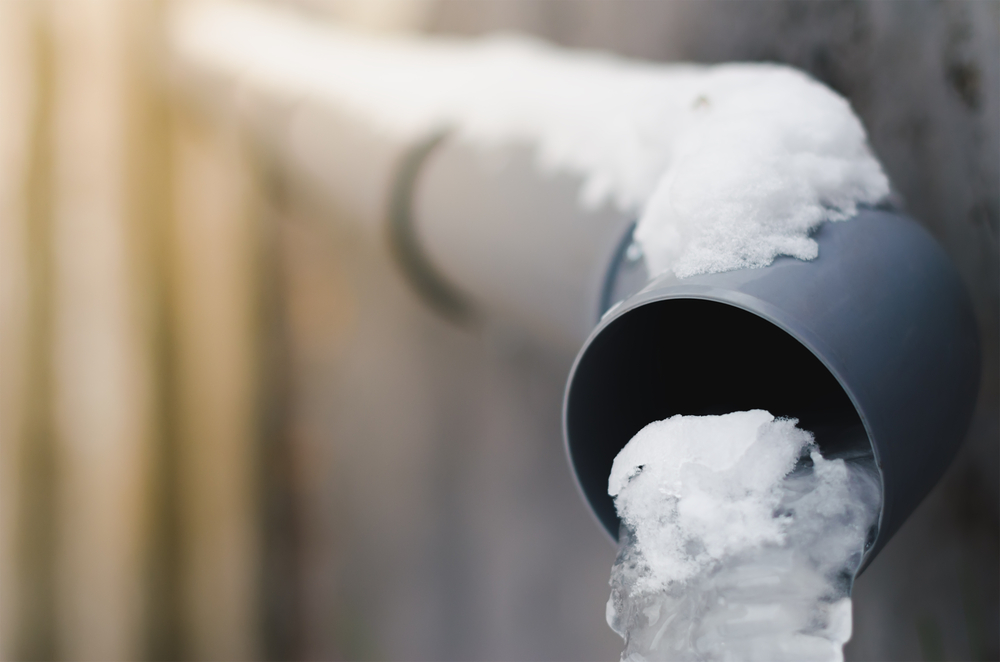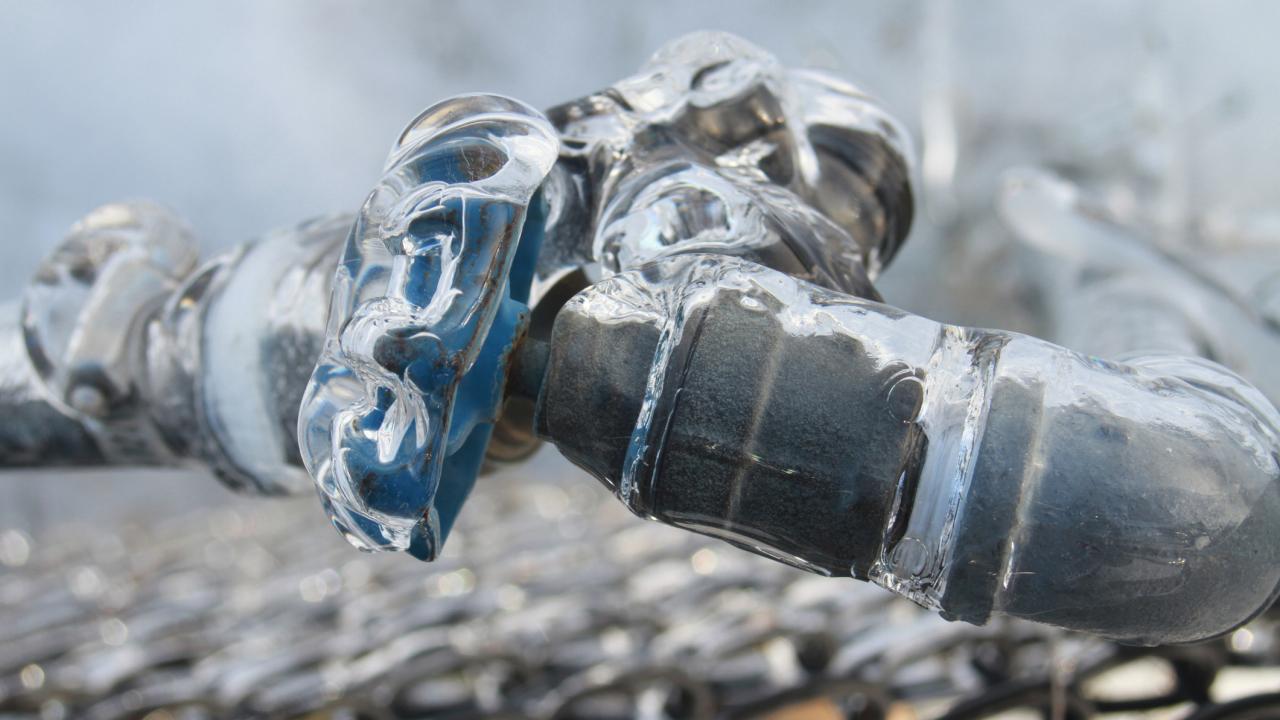The content in the next paragraphs involving How To Avoid Freezing Pipes is incredibly enjoyable. Check it out yourself and figure out what you think of it.

Cold weather can damage your plumbing, specifically by freezing pipelines. Right here's exactly how to avoid it from occurring and what to do if it does.
Intro
As temperature levels decrease, the threat of frozen pipes rises, possibly causing costly repairs and water damages. Comprehending just how to avoid icy pipelines is vital for home owners in cold climates.
Comprehending Icy Pipes
What creates pipes to freeze?
Pipes ice up when exposed to temperature levels listed below 32 ° F (0 ° C) for expanded durations. As water inside the pipelines freezes, it increases, taxing the pipeline wall surfaces and potentially creating them to rupture.
Risks and problems
Icy pipes can bring about water interruptions, home damage, and costly repairs. Ruptured pipelines can flood homes and trigger considerable architectural damages.
Indicators of Frozen Pipes
Recognizing frozen pipes early can avoid them from rupturing.
Exactly how to recognize icy pipes
Try to find lowered water flow from faucets, unusual smells or sounds from pipes, and visible frost on subjected pipes.
Avoidance Tips
Insulating prone pipes
Wrap pipes in insulation sleeves or utilize warm tape to secure them from freezing temperatures. Focus on pipelines in unheated or outside locations of the home.
Home heating techniques
Keep interior spaces adequately heated, especially areas with plumbing. Open cabinet doors to permit cozy air to flow around pipelines under sinks.
Shielding Exterior Pipes
Garden hose pipes and outdoor faucets
Separate and drain pipes yard pipes before winter. Set up frost-proof spigots or cover outside taps with insulated caps.
What to Do If Your Pipelines Freeze
Immediate actions to take
If you presume icy pipes, keep taps open to soothe pressure as the ice thaws. Make use of a hairdryer or towels soaked in hot water to thaw pipelines gradually.
Long-Term Solutions
Architectural adjustments
Think about rerouting pipelines far from exterior walls or unheated locations. Include added insulation to attic rooms, cellars, and crawl spaces.
Upgrading insulation
Invest in top quality insulation for pipes, attics, and walls. Appropriate insulation aids keep regular temperature levels and lowers the threat of icy pipes.
Verdict
Stopping icy pipelines needs positive actions and quick actions. By recognizing the causes, indications, and safety nets, homeowners can safeguard their plumbing throughout winter.
Helpful Tips to Prevent Frozen Pipes this Winter
UNDERSTANDING THE BASICS: WHY PIPES FREEZE AND WHY IT’S A PROBLEM
Water freezing inside pipes is common during the winter months, but understanding why pipes freeze, and the potential problems it can cause is crucial in preventing such incidents. This section will delve into the basics of why pipes freeze and the associated problems that may arise.
THE SCIENCE BEHIND FROZEN PIPES
When water reaches freezing temperatures, it undergoes a physical transformation and solidifies into ice. This expansion of water as it freezes is the primary reason pipes can burst. As the water inside the pipe freezes, it expands, creating immense pressure on the walls. If the pressure becomes too great, the pipe can crack or rupture, leading to leaks and water damage.
FACTORS THAT CONTRIBUTE TO PIPE FREEZING
Low Temperatures: Extremely cold weather, especially below freezing, increases the risk of pipes freezing. Uninsulated or Poorly Insulated Pipes: Pipes located in unheated areas, such as basements, crawl spaces, or attics, are more prone to freezing. Insufficient insulation or lack of insulation altogether exacerbates the problem. Exterior Wall Exposure: Pipes running along exterior walls are susceptible to freezing as they encounter colder temperatures outside. Lack of Heating or Temperature Regulation: Inadequate heating or inconsistent temperature control in your home can contribute to frozen pipes. PROBLEMS CAUSED BY FROZEN PIPES
- Pipe Bursting: As mentioned earlier, the expansion of water as it freezes can cause pipes to burst, resulting in significant water damage.
- Water Damage: When pipes burst, it can lead to flooding and water damage to your property, including walls, ceilings, flooring, and personal belongings.
- Structural Damage: Prolonged exposure to water from burst pipes can compromise the structural integrity of your home, leading to costly repairs.
- Mold and Mildew Growth: Excess moisture from water damage can create a favorable environment for mold and mildew growth, posing health risks to occupants.
- Disrupted Water Supply: Frozen pipes can also result in a complete or partial loss of water supply until the issue is resolved.
WHY CERTAIN PIPES ARE MORE PRONE TO FREEZING
- Location: Pipes located in unheated or poorly insulated areas, such as basements, crawl spaces, attics, or exterior walls, are at higher risk of freezing.
- Exterior Pipes: Outdoor pipes, such as those used for irrigation or exposed plumbing, are particularly vulnerable to freezing as they are directly exposed to the elements.
- Supply Lines: Pipes that carry water from the main water supply into your home, including the main water line, are critical to protect as freezing in these lines can affect your entire plumbing system.
- Underground Pipes: Pipes buried underground, such as those connected to sprinkler systems or outdoor faucets, can be susceptible to freezing if not properly insulated.
https://busybusy.com/blog/helpful-tips-to-prevent-frozen-pipes-this-winter/

As a reader about Winter Plumbing Precautions: Preventing Frozen Pipes, I assumed sharing that topic was beneficial. Enjoyed our posting? Please share it. Let others locate it. I praise you for being here. Come back soon.
Click Here To Find Out More